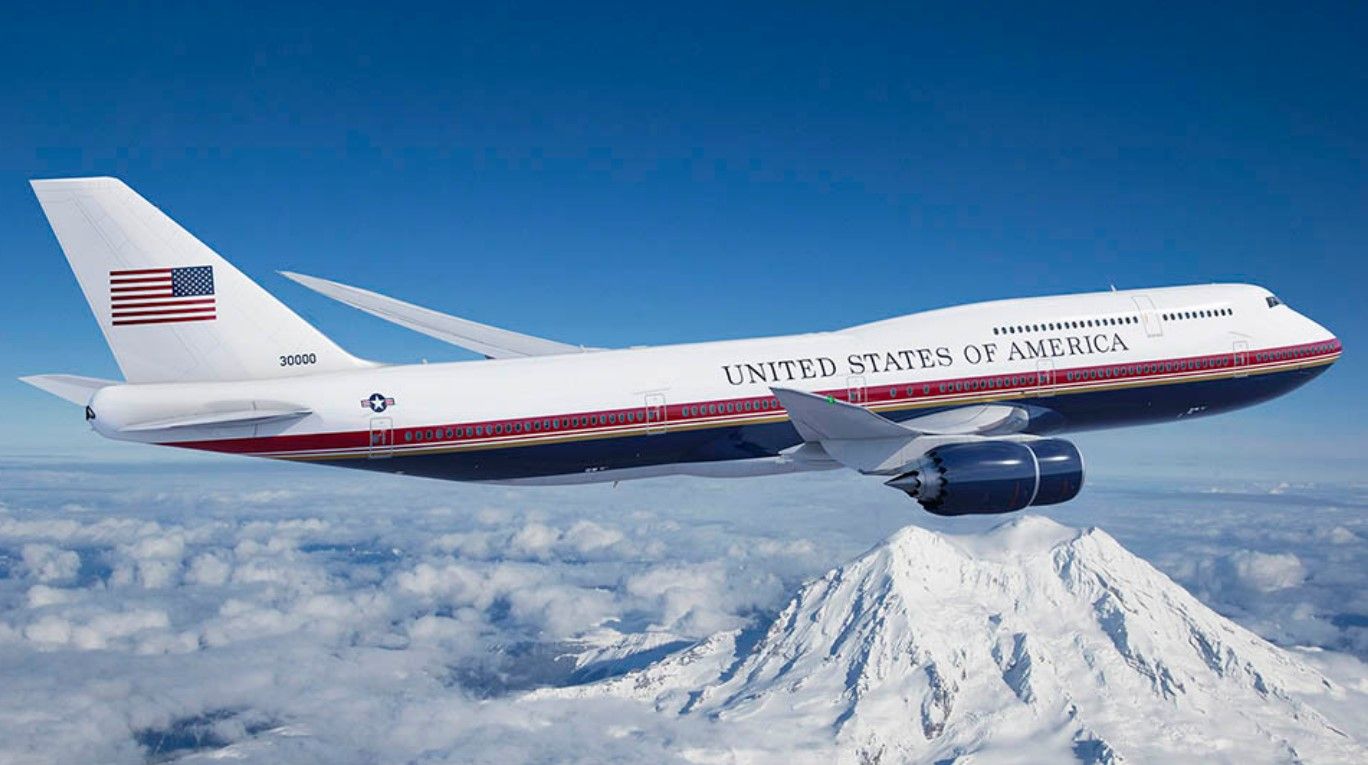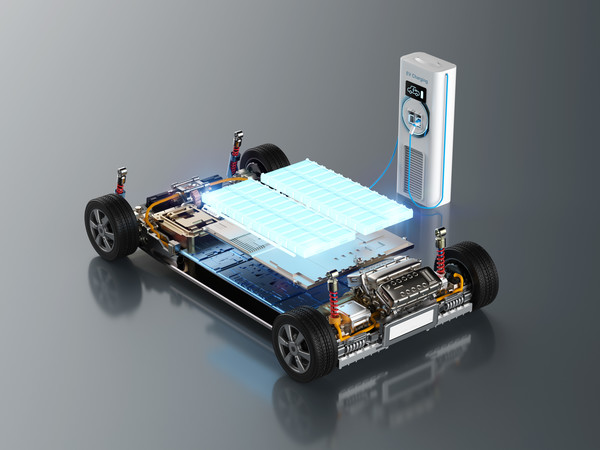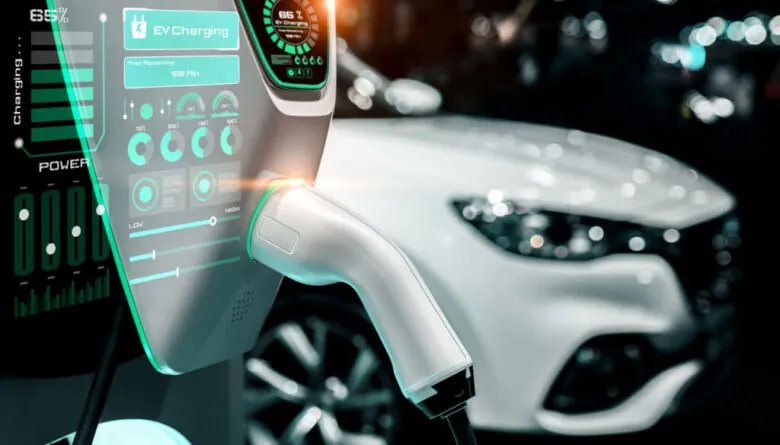The Costs Behind Maintaining Trump’s Luxurious Jet In the realm of elite aviation, few symbols are as iconic as Donald Trump’s private jet. A gleaming Boeing 757, this aircraft is more than a means of transport—it’s a high-flying palace designed to exude opulence and dominance. However, grandeur in the sky comes with a hefty price tag, especially when it comes to upkeep. The Trump private jet maintenance costs are nothing short of staggering, embodying the complexity and extravagance of preserving such an airborne marvel.

The Foundations of Luxury: A Complex Machine Demands Premium Care
A Boeing 757 isn’t your average private jet. Originally designed to ferry hundreds of commercial passengers, this airliner-turned-personal-jet operates on a scale far grander than typical business aircraft. Keeping such a behemoth airworthy involves a labyrinth of technical, regulatory, and logistical challenges.
Maintenance goes beyond simple oil changes and tire rotations. Every inch of the aircraft, from its twin Rolls-Royce engines to the gold-plated seatbelt buckles, requires meticulous attention. For those keeping score, the Trump private jet maintenance costs reflect the sheer complexity of managing a luxury liner that roams the stratosphere.
The Heart of the Beast: Engine Overhaul Expenses
The Rolls-Royce RB211 engines powering Trump’s 757 are renowned for their performance and reliability. However, that performance doesn’t come cheap. A single engine overhaul—a routine necessity after a certain number of flight hours—can cost upwards of $5 million per engine.
These overhauls involve disassembling the engine, inspecting every turbine blade, replacing worn components, and reassembling it to exacting specifications. Specialized technicians, often flown in from distant facilities, perform these intricate procedures. Factoring in downtime, logistics, and parts, the Trump private jet maintenance costs for engine upkeep alone can rival the price of a smaller private jet.
Gold-Plated Perfection: Interior Upkeep and Restoration
While most aircraft focus on functionality, Trump’s jet doubles as a floating palace. The interiors boast custom Italian leather seating, polished mahogany paneling, and lavish 24-karat gold-plated fixtures. Maintaining this level of luxury is an ongoing challenge.
Leather requires regular conditioning to prevent cracking at high altitudes. Wood veneers must be buffed and polished, while gold fittings are delicately cleaned to maintain their luster without damage. Every stain, scuff, or micro-scratch is treated as a crisis. As a result, the Trump private jet maintenance costs for interior preservation are significantly higher than standard aircraft.
Avionics and Technology: Keeping Pace with Innovation
In the cockpit, state-of-the-art avionics systems govern navigation, communication, and safety protocols. These sophisticated systems require continuous updates to comply with Federal Aviation Administration (FAA) regulations and evolving technological standards.
Software upgrades, hardware replacements, and recalibrations are frequent—and far from inexpensive. Highly specialized technicians ensure that every radar, transponder, and autopilot system operates flawlessly. These technical enhancements contribute substantially to the annual Trump private jet maintenance costs, underscoring the importance of marrying luxury with cutting-edge functionality.
Regulatory Compliance: The Price of Airworthiness
Flying a private jet is not as simple as gassing up and taking off. Aircraft of this caliber are subject to rigorous inspections and certifications mandated by the FAA and international aviation authorities. These include:
- A-Checks: Conducted every 400-600 flight hours, covering general inspections.
- B-Checks and C-Checks: More intensive evaluations of airframe and systems, involving partial disassembly.
- D-Checks: The most exhaustive, often referred to as a “heavy maintenance visit,” performed every 6-10 years. This involves a complete teardown and rebuild of the aircraft.
Each inspection comes with a considerable price tag. D-Checks, in particular, can cost between $7 million and $10 million. Compliance is non-negotiable, making these inspections a non-discretionary component of the Trump private jet maintenance costs.
Fueling the Giant: An Unavoidable Operational Expense
Though not typically classified as maintenance, fuel consumption indirectly influences upkeep through engine wear and flight hours. Trump’s Boeing 757 guzzles approximately 5,000 gallons of jet fuel per flight. With fluctuating global fuel prices, a single cross-country journey can cost upwards of $50,000 in fuel alone.
Higher fuel consumption accelerates engine degradation, increasing the frequency of maintenance interventions. Hence, operational habits have a cascading effect on the Trump private jet maintenance costs, creating an intricate web of expenses.
The Hidden Costs: Hangarage, Insurance, and Staffing
Beyond the obvious, maintaining a luxury aircraft involves a suite of ancillary expenses. Hangarage fees for an aircraft of this size are substantial, especially when considering premium facilities that offer climate-controlled environments to protect the jet’s finish.
Insurance is another significant outlay. Comprehensive coverage for an asset valued at over $100 million, including liability, hull damage, and operational risks, can run into several million dollars annually. Add to this the salaries of an elite flight crew, maintenance staff, and personal attendants, and the cumulative Trump private jet maintenance costs escalate dramatically.
Detailing and Exterior Aesthetics: The Art of Visual Prestige
Trump’s jet isn’t merely about flying; it’s a statement of prestige. Keeping the exterior immaculate requires regular detailing, including washing, polishing, and repainting as needed. Specialized teams employ delicate techniques to maintain the aircraft’s iconic black, white, and gold livery.
Environmental factors like UV radiation, precipitation, and runway debris necessitate constant vigilance. A full exterior repaint, undertaken every few years, can cost upwards of $200,000. Though seemingly cosmetic, these treatments are essential components of the Trump private jet maintenance costs, preserving both aesthetics and aerodynamic efficiency.
Spare Parts and Component Replacement: A Pricey Necessity
Aircraft are intricate mosaics of thousands of components, each with its own lifecycle. From landing gear assemblies to pressurization valves, replacements are inevitable. Sourcing genuine parts for a customized Boeing 757 adds layers of complexity and expense.
Lead times for certain components can stretch into months, prompting operators to stock critical spares proactively. This inventory management further inflates the Trump private jet maintenance costs, transforming the hangar into a miniature logistics hub.
Environmental Regulations and Upgrades: Staying Ahead of Compliance
Modern aviation faces mounting environmental scrutiny. To remain compliant, operators often invest in modifications that reduce emissions and noise pollution. These can include installing quieter engines, retrofitting with winglets for fuel efficiency, and upgrading to sustainable aviation fuel (SAF) compatibility.
Each environmental upgrade represents a significant financial commitment. For a jet of Trump’s scale and public profile, ensuring alignment with evolving green regulations is not optional. Consequently, these initiatives add to the escalating Trump private jet maintenance costs.
Security Measures: Protection Beyond the Sky
Given Trump’s high-profile status, security is a paramount concern. Maintenance extends to fortifying the aircraft with advanced surveillance systems, secure communication channels, and countermeasure technologies.
Periodic audits of these systems, along with software updates and hardware enhancements, are critical to maintaining operational security. Though not part of conventional aircraft maintenance, these bespoke security protocols are a key driver of Trump private jet maintenance costs, reflecting the unique requirements of VIP air travel.
The Human Element: Specialist Workforce and Expertise
Unlike standard aircraft, a luxury jet of this magnitude demands a dedicated cadre of highly trained specialists. Engineers certified for Boeing 757 maintenance, avionics technicians, interior detailers, and even upholstery artisans are on constant call.
Their expertise ensures that every technical and aesthetic aspect of the jet meets the highest standards. However, retaining such a specialized workforce commands premium salaries and continuous professional development investments, further amplifying the Trump private jet maintenance costs.
Depreciation and Asset Preservation: The Silent Cost
Aircraft, despite their grandeur, are depreciating assets. To mitigate value erosion, continuous maintenance is not a choice but a necessity. Regular upkeep not only ensures airworthiness but also preserves the jet’s market value.
This asset preservation strategy is integral to managing the long-term Trump private jet maintenance costs. By maintaining pristine condition, the aircraft retains its cachet, safeguarding the substantial capital invested in its acquisition.
The Annual Price Tag: A Sum Worthy of the Sky
Aggregating these myriad expenses paints a vivid picture of the financial commitment involved. Conservative estimates place the Trump private jet maintenance costs at approximately $5 million to $10 million per year. This figure encompasses routine maintenance, regulatory compliance, staffing, insurance, and ancillary services.
During years involving major overhauls or D-Checks, the costs can spike significantly, crossing the $15 million threshold. This relentless financial outflow underscores the reality that in aviation, especially at this echelon, maintaining luxury is as demanding as achieving it.
The Prestige Premium: Why It’s Worth the Cost
For Trump, and for many high-net-worth individuals, the cost of maintaining such an aircraft transcends practical considerations. It’s about brand image, influence, and the intangible value of commanding attention wherever the aircraft lands.
The jet serves as a flying billboard, a tangible manifestation of power and success. Every gleaming surface, every perfectly tuned system reinforces this image. Thus, the Trump private jet maintenance costs are not viewed as mere expenses but as investments in perpetuating a legacy of grandeur.
Future-Proofing: Innovations in Cost Management
Looking ahead, advancements in predictive maintenance technologies promise to optimize upkeep strategies. AI-driven diagnostics, real-time health monitoring systems, and blockchain-based maintenance records are revolutionizing how elite jets are serviced.
While initial investments in these technologies are substantial, they offer the potential to streamline future Trump private jet maintenance costs, enhancing efficiency while preserving the aircraft’s legendary opulence.
Conclusion: The High Price of High-Altitude Luxury
Owning a jet as extravagant as Trump’s is not for the faint of heart—or wallet. The sheer scale and complexity of maintaining such an aircraft elevate it beyond a logistical task into an art form. Every dollar spent ensures that this flying palace continues to captivate, inspire, and command respect in every corner of the globe.
Ultimately, the Trump private jet maintenance costs encapsulate the philosophy of uncompromising excellence. In a world where image is everything, maintaining this airborne icon is a testament to the relentless pursuit of luxury without limits. For those who can afford it, the sky truly is the limit—but keeping that skyward journey pristine demands constant and considerable investment.





